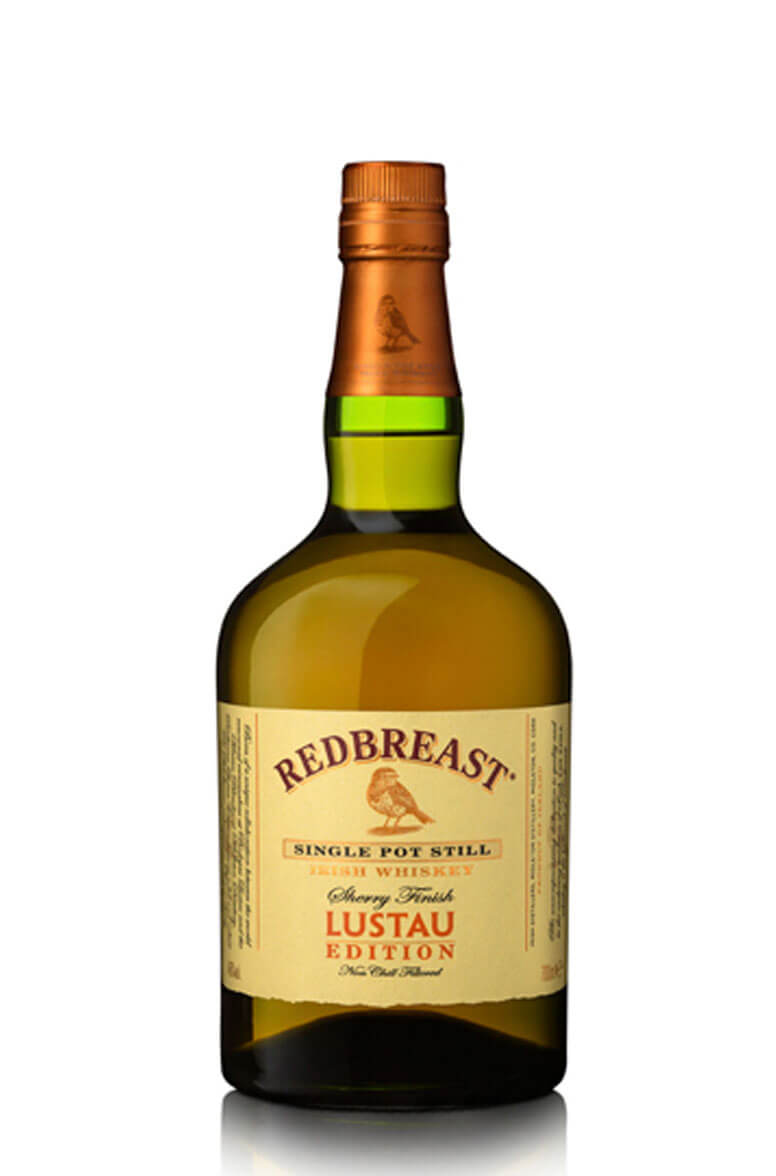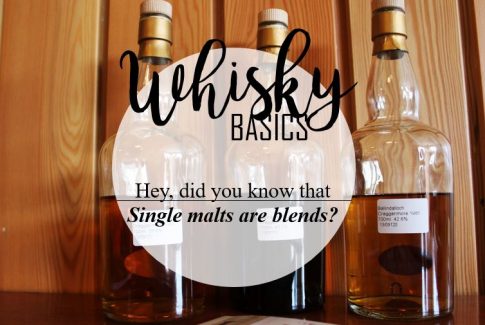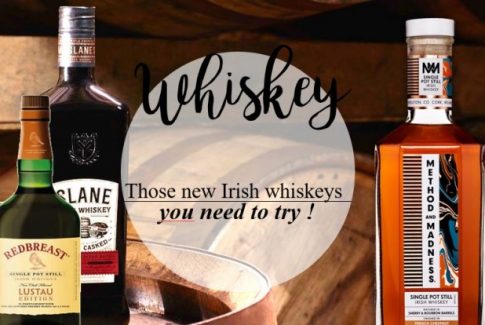
Welcome back for a new episode of my #BackToWhiskyBasics series ! This time focusing on cask finishes. If you’re wandering on this page, there are great chances that you’ve already come accross this term a few times, and I know it may not be very clear when starting your malted journey, so let me try to explain !

First things first: to be called “whisky”, and amongst other criteria, your favourite spirit has to be aged in wood casks for a minimum of 3 years.
But what kind of wood cask I hear you say?
Most of the time, whisky starts its period of hibernation in ex-Bourbon barrels, for practical and financial reasons. Indeed, on the other side of the Atlantic Ocean, the American whiskey industry applies different rules to allow its native spirit to be called Bourbon. While not a pre-requisite (like many assume) to be made in Kentucky, it needs to be matured in new charred oak barrels (don’t let this mysterious “charred” adjective distract you, we’ll see that in a future episode, it’s not the point here). Meaning once the barrels are used by the Bourbon industry, they cannot be used a second time and the distilleries need to get rid of all those oak containers.
Hopefully, the Scotch whisky industry (but also Irish, Swedish, French, Japanese…) is here to purchase those barrels, which would then be cheaper than buying a virgin oak cask or any other type of cask. This cycle is crucial in whisky production, and when they have left the USA, those barrels can be used many times, which is then refered to as “2nd-fill”, “3rd-fill” or even “fourth-fill” – Recycling baby!
But while American oak casks are well spread in the whisky industry, European oak is also used as well as some more exotic woods such as Mizunara from Japan (and while Oak is the only type of wood allowed for whisky maturation in Scotland or Ireland for instance, it’s not the case in all European countries who can then even experiment with other types of woods like Chestnust). Experimention being in full swing at the moment, I guess you’ll even see some new oak varieties popping up on bottle labels in a few years 😉


Cask finishing, since when?
Despite what you may think, cask finishing is a rather “modern” practice, and while a few distilleries are still fighting over who really pioneered this new trend, it appears that Glenmorangie and Balvenie where already playing with Sherry butts in the early 1980s. It didn’t took long before the whole industry jumped on the bandwagon and we’re now seeing all sort of experimental cask finishes: Cognac, beer, red & white wines from all over the world, port, rum…
Since the pioneers opened up Pandora’s box, we’re now drowning under a sea of “double wood”, “triple wood”… coming from all parts of the world, allowing more diversity in the category.

So what is cask finishing exactly? You still didn’t say!
Cask finishing is actually a secondary maturation. After it has spent a certain amount of time in its first cask, this cask is emptied and the content is transfered into another wooden vessel for a finishing period which can last from a few weeks to a few years depending on the Master Distiller’s liking and project. Cask finishing is very touchy as there’s still a grey zone for scientists about what really happens in the cask, there aren’t written rules, it’s a matter of experimenting, trying things, and sometimes failing. This part of mystery also plays a huge role to me in the magic of whisky !
The end goal with cask finishing is to impart an additional depth of flavour to the whisky using a cask that previosuly held another liquid, without necessarily overpowering the initial character of the spirit, and that’s where the difficulty really lies!


How does the previous liquid impacts the whisky if it’s not there anymore?
Even after the cask is emptied from its previous content, wood being a porous material, there’s still some liquid left, absorbed into the wood, and that’s where the additional flavours come from, when the previous content breathes out of the wood and gets into the whisky.
The Scotch Whisky Research Institute refers to this as “indrink” and it is still a highly controversial point within the industry, as nothing is technically supposed to be added to whisky (beside water and caramel colouring) for it to be called whisky… The debate is open, let me know your thoughts ! 😀
Here’s a shortlist of some cask-finished whiskies I particularly enjoy !


“A 21 year old bottling from Glenfiddich, finished in casks used previously to age Caribbean Rum.”


“Distilled in February 2011, this edition is very distinctive as it has been finished for two years in a cask that had previously contained Chouchen, the famous Breton mead. Proudly showing its Armorican roots marked with a stamp of seal of authenticity, it also shows great originality. With lots of energy and no fear of taking back roads, it constantly keeps the taster in suspense so that its numerous aromas and flavours can be more keenly appreciated and savoured.”


“This single pot still Irish whiskey was initially matured in a combination of American and European oak casks for 9 to 12 years, before being transferred over to first fill Oloroso Sherry casks from Bodegas Lustau for a year.”


“The Arran Malt finished in Sauternes casks. These casks that previously held Bordeaux sweet wine give a honeyed sweetness to the isle of Arran’s only single malt distillery.”


“The Teeling chaps have collaborated with the Galway Bay Brewery to create this tasty Irish whiskey finished in stout casks! We love the attention to detail on the presentation box, too…”










